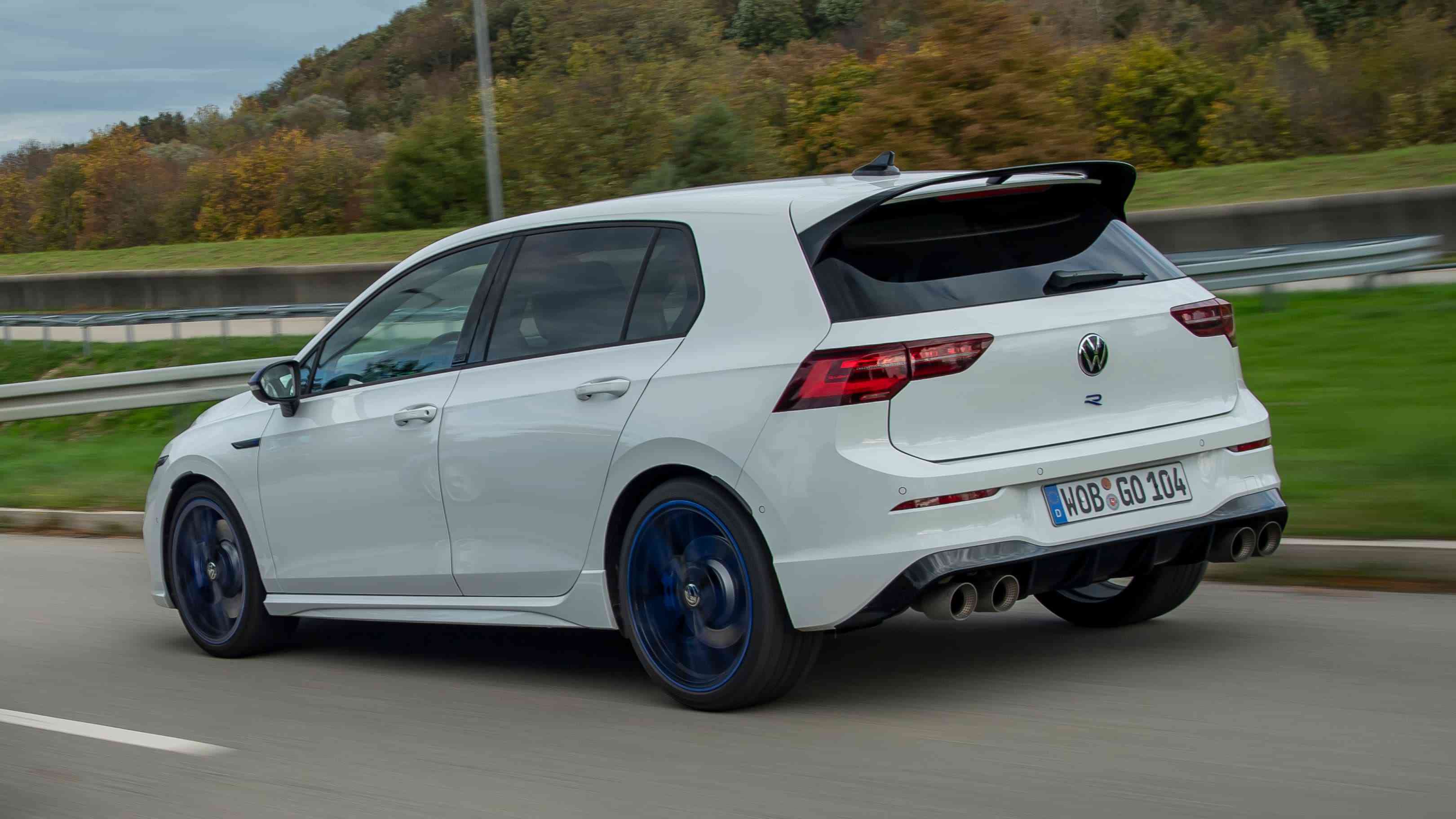
In its category, the Golf R reigns supreme. The R in Golf R stands for racing, as one might anticipate. The automobile was initially created for Volkswagen Racing. It can also accelerate, corner and brake with the best performance vehicles in the market, despite being used as a daily driver by many consumers throughout the world.
The 2,0-litre turbo 4 engine in the Golf, an all-wheel drive (AWD), four-door vehicle with five seats and a seven-speed auto direct shift transmission, produces 235kW of power at 5 200 rpm and 420Nm of torque at 2 000rpm. Now you have to develop a lethal machine that outperforms it to defeat it. Toyota is trying to do this with the GR Corolla, without much success for now. Do not get me wrong, they are right on the money.
The GR-tuned suspension and cutting-edge GR-FOUR all-wheel drive system, which puts all 221kW of power in your hands, are what get things going in Toyota’s newest hot hatch. The brand new GR Corolla is a driving paradise with a manual transmission, sport mode and a mechanical handbrake. It is obvious that it has the tenacious VW Golf R in mind.
Despite numerous great runs, the world’s best-selling car isn’t really associated with high performance. The engineers of Toyota’s Gazoo Racing are changing that.
South Africa is now home to a few units. I’m not certain if they will enter Zimbabwe.
This AWD, manual-only, track-honed pocket rocket is ferociously uncompromising and has everything needed to tempt drivers away from their Honda Civic Type R, Hyundai i30 N, or Subaru WRX. My money is still on the VW Golf R though.
Additionally, this is not merely a modified Corolla ZR. The GR Corolla is put together in the same skunkworks area of Toyota’s Motomachi plant as the GR Yaris and (previously) the Lexus LFA. As a result, there are fewer units produced each year.
Although the GR Corolla shares the GA-C chassis with the donor vehicle, the body has 349 additional spot welds and an additional 20 feet of structural adhesive. A forged carbon roof and aluminum bonnet help reduce weight, while an even more extreme Morizo variant ditches its back seats and adds bracing and a boot large enough to carry a complete set of tires — truly fit for purpose.
The GR Corolla has wider front and rear fender flares, which improve its stance. A revised grille, flatter underfloor, stamped side skits, bonnet, boot and fender ducts, as well as a new rear diffuser with three exhaust openings, are also present.
It has absolutely no nuance and is anything, but a sleeper. Buy a VW Golf R or Audi S3 if you want to blend in.
In the larger scheme of things, the GR Corolla is a member of Toyota’s expanding family of aggressive road vehicles known as Gazoo Racing, which also includes the GR86 and GR Supra coupes as well as the WRC-inspired GR Yaris.
Akio Toyoda, the head of Toyota, is a passionate racer himself, and this trickles down.
Interior
Only the seats, stick, wheel and gauges — the interior components most essential for a high-performance derivative — have been altered by Toyota. Many of the materials and trims, as well as the overall build quality and ergonomic design, are typical of the Corolla.
You can keep an eye on the 4WD system, turbo pressure, gear indicator, G-forces, and revs (via a centrally mounted tacho) with the help of a new and feature-rich 12,3-inch TFT instrument cluster.
The GR Yaris provided the grade-specific leather-wrapped wheel with a circular hub and GR logo. It has straightforward spoke-mounted buttons for the music, phone and active safety functions and adjusts for rake and reach. It feels excellent in the hand.
The short-shift gear stick and pull-up manual handbrake (instead of an electrical switch), which more than anything indicate this car’s rally background, are other differences from the ordinary Corolla cabin. Beyond this, depending on the specification you choose, are manually adjustable GR-branded bucket seats dressed in either cloth or Ultrasuede and metal pedal caps with red stitching.
They look professional, are grippy and on the racetrack, they worked well with helmets. To give you some context, I’m 194cm (2m, give or take, wearing a helmet), and I had plenty of headroom and didn’t have to bend over to get in.
The GR Corollas we drove had an 8,0-inch touchscreen for the North American market, cloud-based navigation, and over-the-air compatibility. Conversational voice controls were enabled by the “Hey Toyota” greeting.
The rear camera, in-built navigation and phone mirroring are all standard features. We also expect an improved JBL audio system to be included.
Even though the GR Corolla Morizo only seats two people, the standard model offers comparable backseat space to other Corolla models, and since hard-shell seat backs are not standard, rear passengers won’t have to worry about banging their knees on them.
The back seats fold 60:40, and the boot has a similar appearance to that of a standard Corolla. At least in US vehicles, a tire repair kit is used in place of a full-size spare wheel or a space saver.
Performance
The 1,6-litre, three-cylinder, 12-valve “G16E-GTS” (single-scroll ball-bearing) turbo in the GR Yaris produces 20kW more power. With the exception of the specialised Morizo Editions, which offer 220kW and 400Nm at 6 500rpm, outputs are 220kW at 6 500rpm, while torque remains constant at 370Nm between 3 000 and 5 550rpm.
The larger centre outlet on the rear diffuser, which has three tailpipes, is kept open while idling and at speeds under 30km/h to emphasise the donk’s rumble, then it is closed off. It re-opens above 4 500rpm to relieve back strain.
The additional 20kW is responsible for towing an additional 150kg of curb weight. The intended kerb weight for the GR Corolla is 1 475kg, although the data is still considered preliminary. The GR Yaris line weighs between 1 280 and 1 320kg, in contrast.
Toyota claims the GR Corolla will accelerate from 0 to 100km/h in 4,99 seconds, while we were able to accelerate the GR Yaris in 5,4 seconds, albeit with fewer laps in the real world.
The six-speed manual transmission with switchable rev-matching on downshifts, variable AWD with three distinct front and rear torque splits, and numerous different driving modes are crucial in ensuring user involvement. — [email protected]






